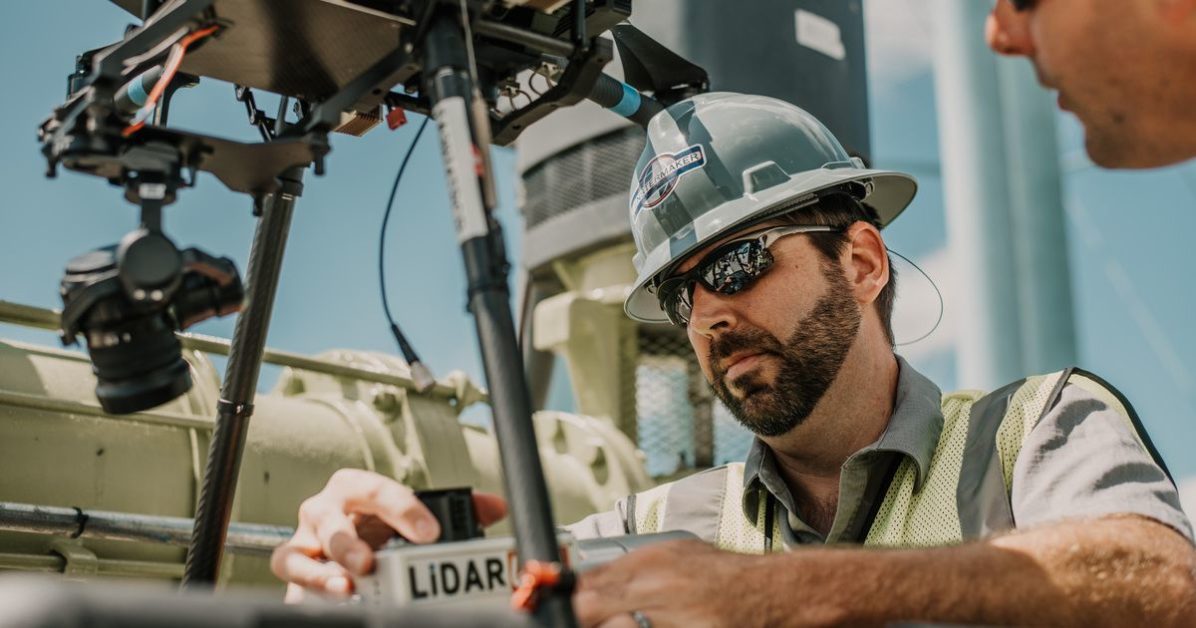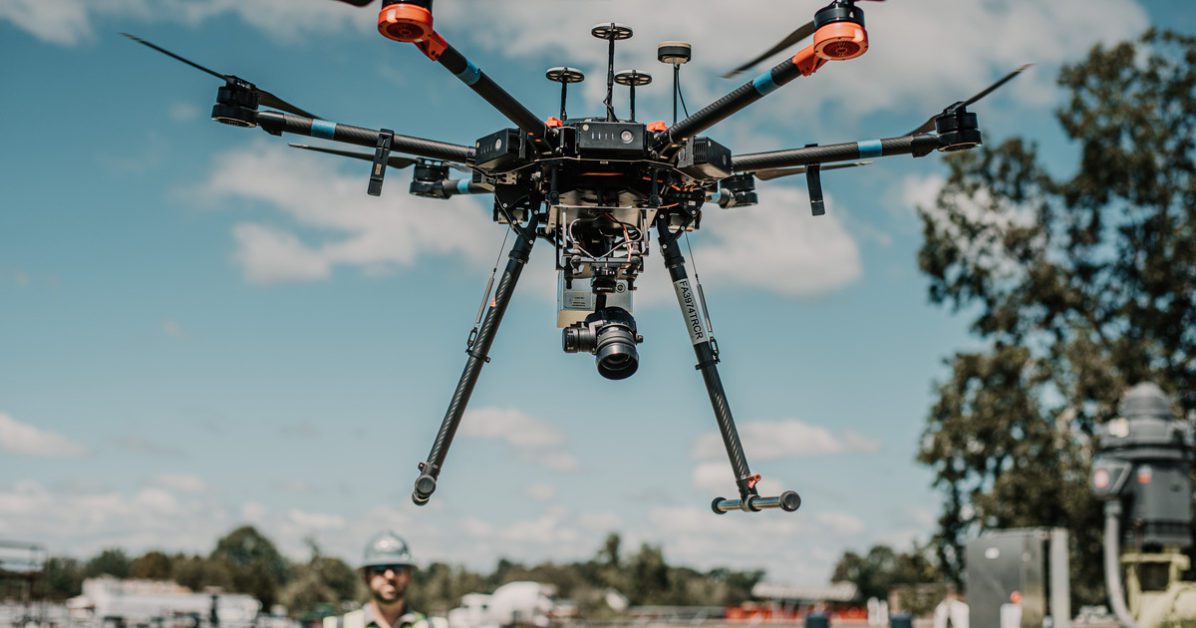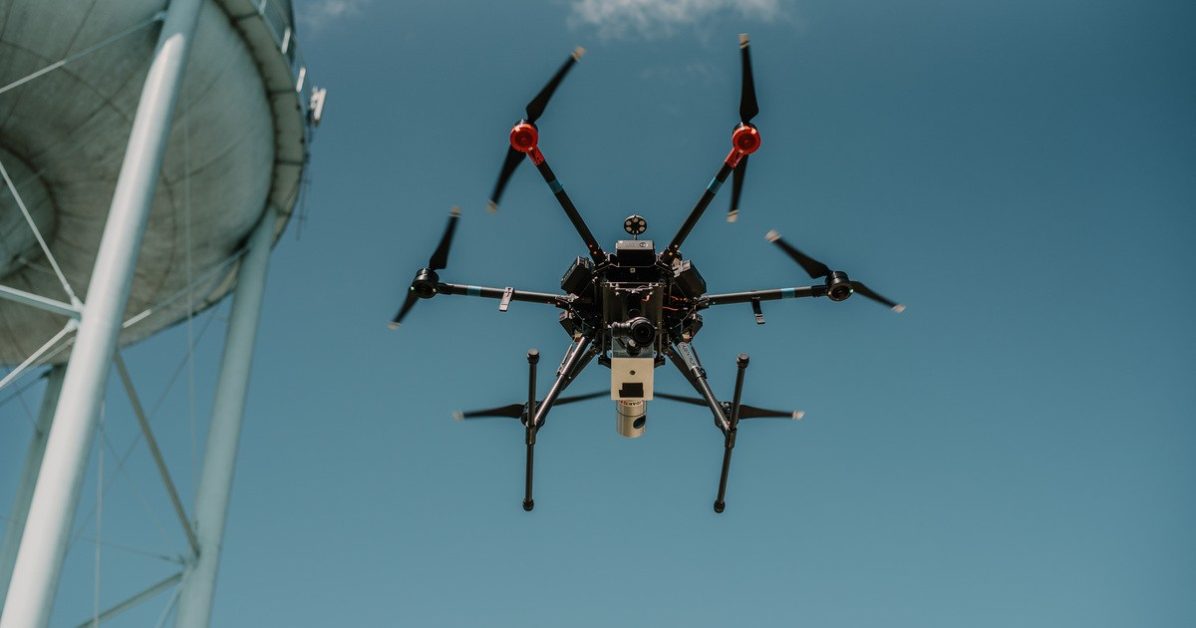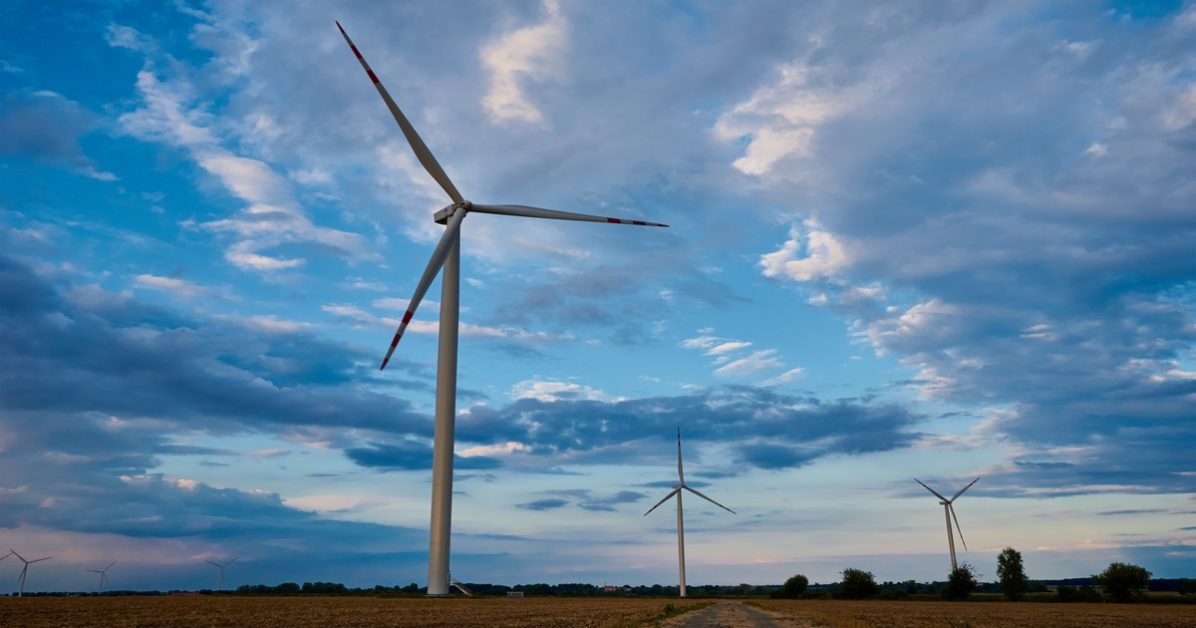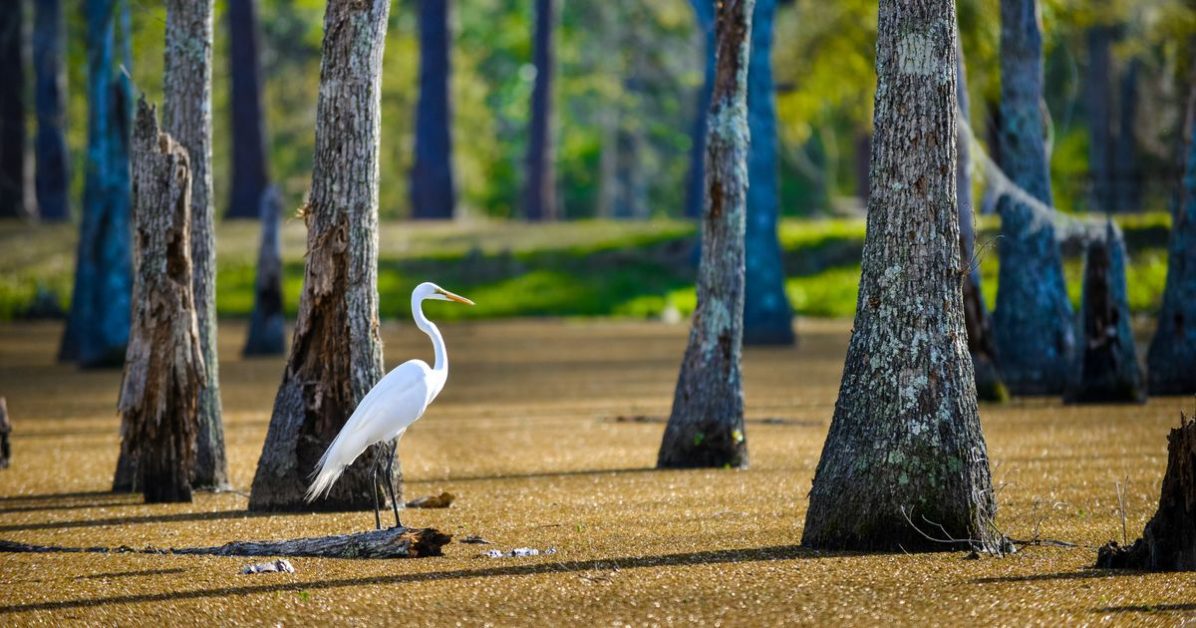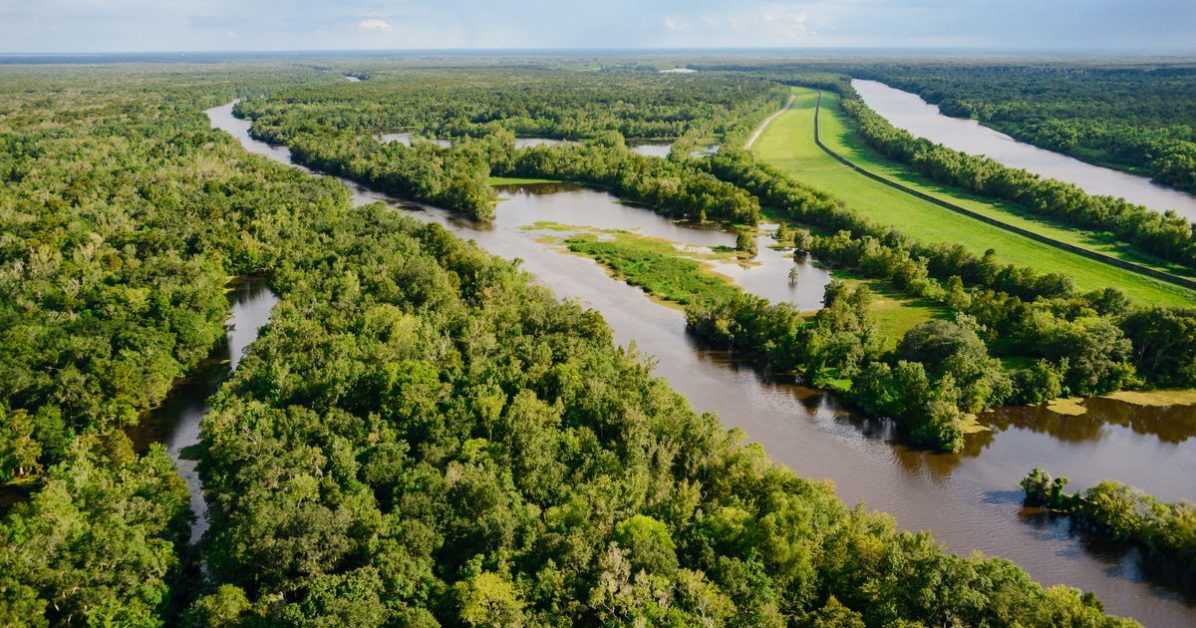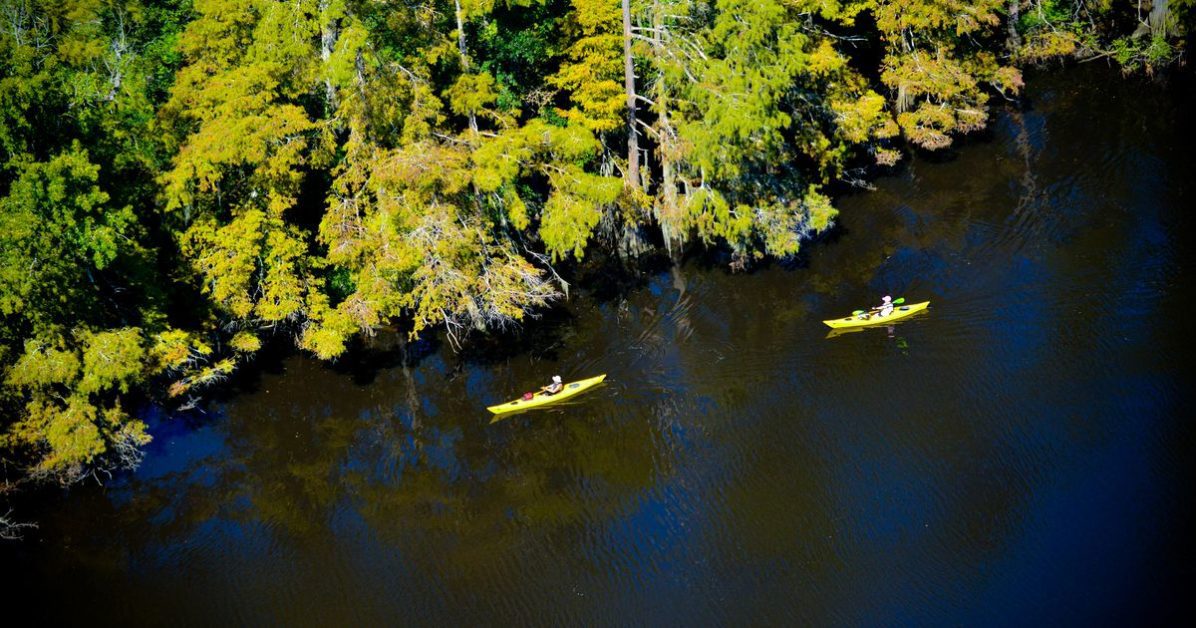Cell Tower Drone Inspections
question_answer0
Inspections of cell phone towers are a necessity due to the aging infrastructure being in need of constant repair. Proper inspections of these cell towers help to catch potential problems before service is disrupted and ensure that the towers are safe. These inspections are also mandated by the Federal Communications…
Read More 